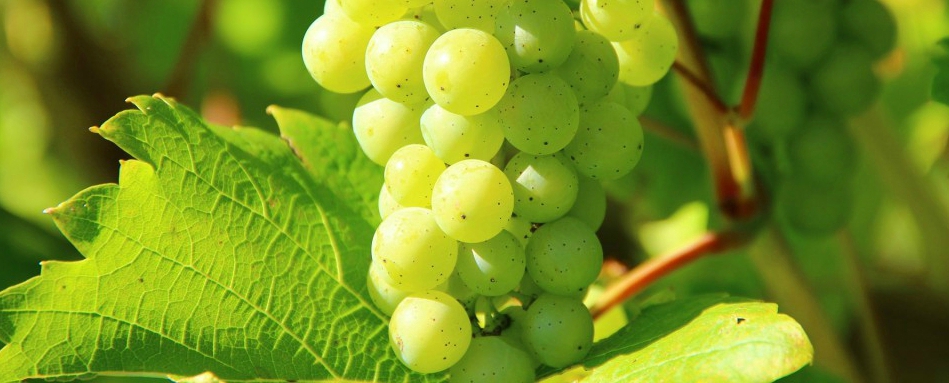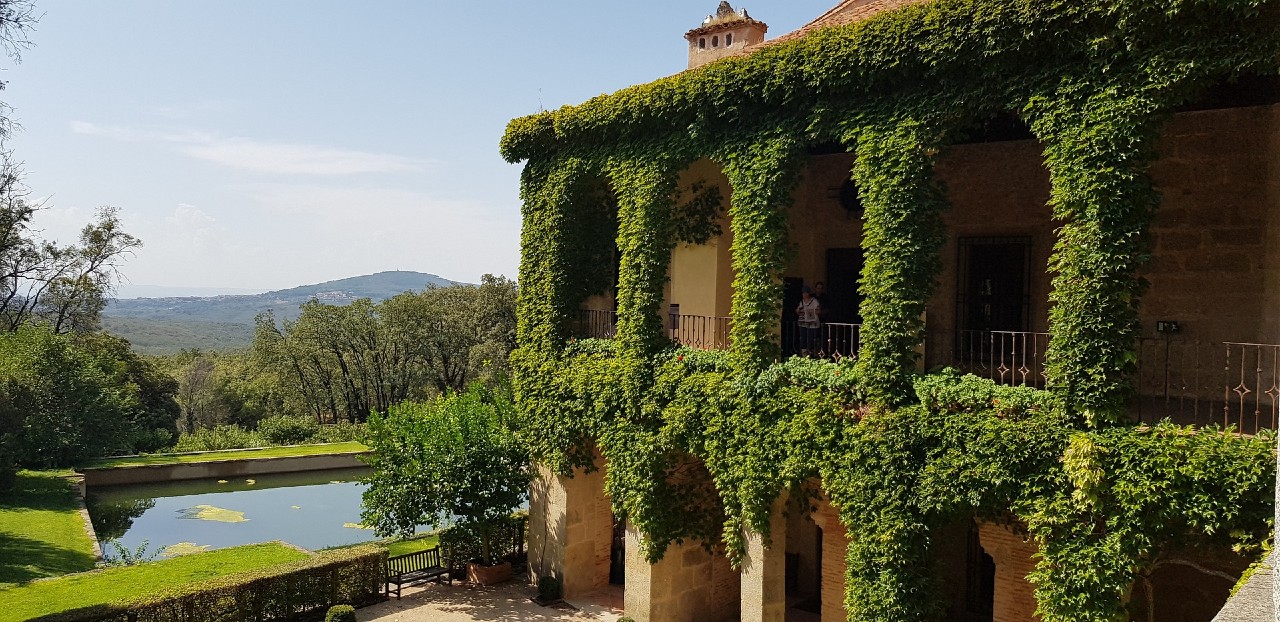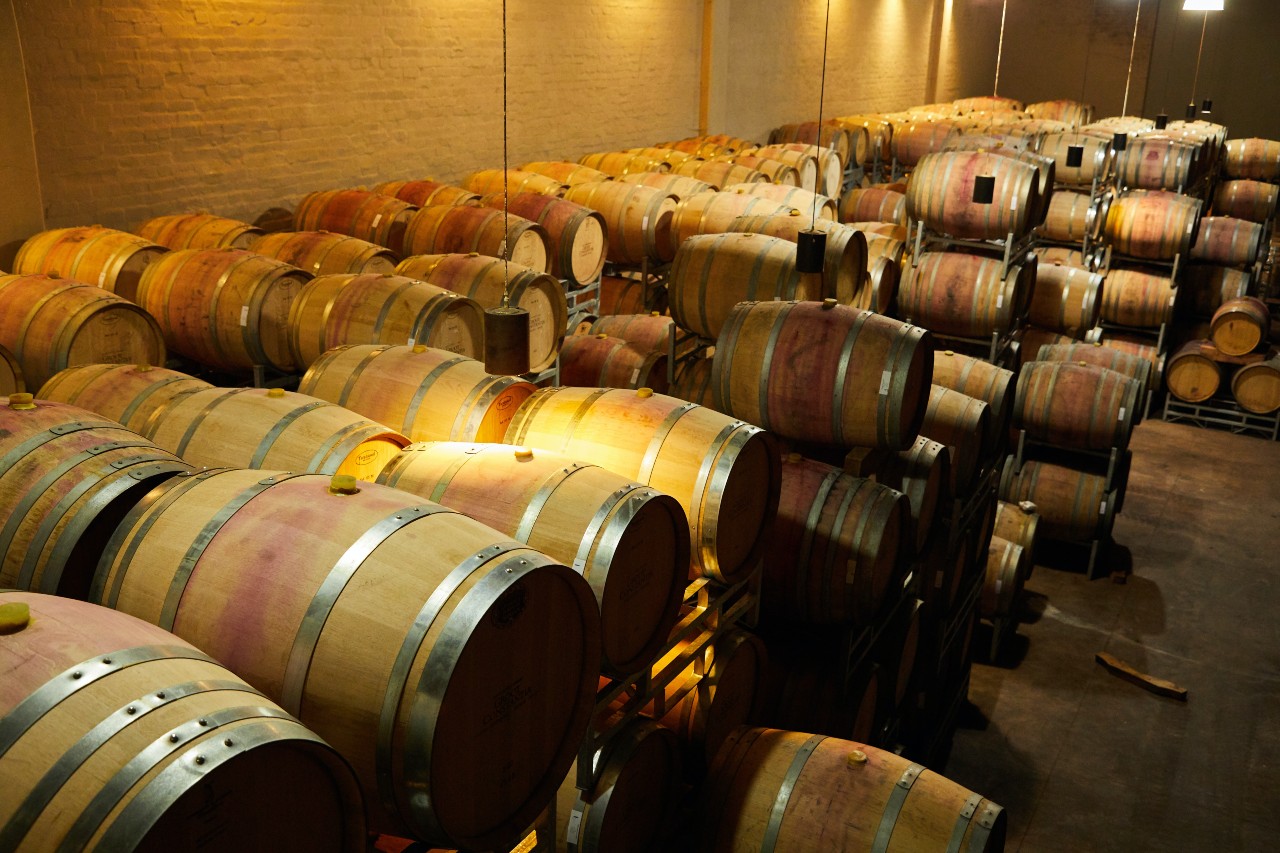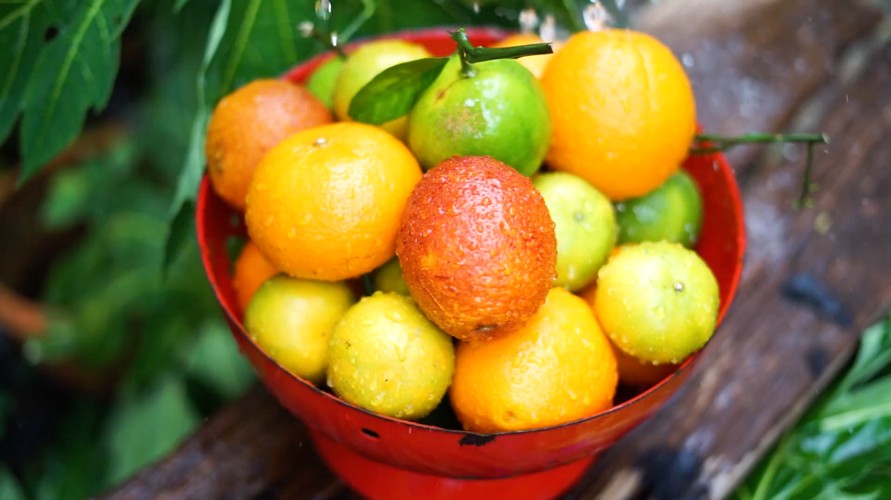
Let’s be frank, in this country, cheap wine, the most ordinary wine with no presumptions towards gracing the most elegant tables, always had an image of a cheapo product for boozers. In the Spain of the dictatorship, wine suffered the same fate as extra virgin olive oil, it was for the poor and those who lived badly. It wouldn’t be the best wine in the world, these wines weren’t overflowing with the wonderful benefits and high qualities that Bacchus would have wished for, of course not, but at least wine was drunk at home every day, people enjoyed drinking wine, they drank it with lunch and with dinner, it was used for cooking , in home remedies, for making toast with sugar, it was served with lemonade, used for macerating the chorizo, and who knows what else, but at least it was drunk, it was made here and as a business it provided many families with their livelihood.
But we’ve done something wrong because wine consumption in a country which was the biggest producer worldwide in the 2014/15 wine year, is plummeting more than faith in politicians. According to the ICEX and the Wine Institute of California, in the period 2010-2015 Spain was the world’s first wine supplier with 24,4 millions of hectolitres sold, but it was also the cheapest sold at 1.08 Euros per litre. To cite an example, neighbouring France in the same period, sold at a much higher Price, at 5.74 Euros the litre, but the most dramatic finding is when we look at the consumption data: during 2014, Spain was number 33 in the rankings consuming 21 litres per capita, far removed from our direct rivals France and Italy with 44 and 33 litres respectively. If we take into account that wine consumption per capita in Spain in 1995 was of 39 litres, we can clearly see the dramatic fall in consumption that has affected our country. We drink half of what we did twenty years ago, at a time when paradoxically it seems that we have never talked so much about wine, when it has never been so fashionable as it is now and it would seem that we have never drunk as much wine as we do at the moment.
What have we done so wrong to reach these miserable consumption figures? Why has the country which produced the most wine in the world in the 2013/14 harvest stopped drinking it? We’re fed up of hearing that it’s because of the fashion for all things light, because of new healthier forms of eating, the reduction in the consumption of alcohol, the pressure on drivers etc… and yes, this is true but what nobody is talking about is the damage that we the professionals of the wine world have done to wine consumption. The first who should do a bit of navel-gazing here are we, the professionals of the sector, maybe the most guilty of having created the generation of elbow benders , the type of consumer who spends his life raising glasses of wine but doesn’t drink, or only drinks what the guru of the day says one should be drinking.
In recent years professionals like myself have created, with our stentorious voices and our affected wine tasting descriptions, hordes of elbow benders.
Yes, elbow bender, I think it’s the best way to define a kind of neo-professional and supposedly sophisticated consumer. You can see them coming from a long way off: they have the rare ability of being able to hold the glass in one hand and rotate their elbow quickly enough to produce an almost quantum centrifugation in the wine, one which can break it down into its separate components. At least so it seems watching how, after each elbow- propelled centrifugation they inhale so deeply several times that the wine is practically absorbed by the nasal passages. This is something that the elbow benders can do for hours with the same wine and the same glass. The elbow benders are always hoping that the bottle of wine, not just any bottle, but only one recommended by the guru, offers a repertoire of unrivalled aromatic and taste sensations so that when the cork is removed the scents of all the flowers, fruits and minerals of the planet burst out from the bottle together with flying unicorns prancing along twelve shiny rainbows, dispensing fruit and flowers as they go…
But that dear friends, is the type of consumer which in the last few years professionals like me have created with our stentorious voices, our affected wine-tasting descriptions, our idiotic repertoire of technical words and empty phrases which serve for nothing other than to make it appear that just maybe we know something about wine, we confuse the customer purporting to be the sole possessors of wine expertise, listening to ourselves and enjoying our oenological jerking off, showing off to the novices who are trying to learn about wine, but not helping people to understand wine, how to enjoy it and to drink both more and better. We have been so useless that we have been unable to convey to people that, with the exception of the most exclusive, all we need to ask of wine is that it be a good product and a pleasant drink. If anything we’ve managed to frighten a lot of people into not approaching and drinking wine like they did in the past as something natural and routine. And those that we haven’t frightened off , we’ve converted into elbow benders.
– Hey Buddy, how’s your elbow?
– Great sweety, I’ve already swirled thirteen Riojas and seven from Jerez… And you… darling ?
– Oh, you know … here I am… I’ve been twelve hours swirling a Cabernet that I was told was out of this world, but as much as I swirl it, it still tastes like wine, total crap…
It’s impossible to understand that you offer someone a correct and humble bottle of wine, let’s say of less than ten pounds for example and they demand the world.
Some time ago a client asked me for a wine with the words: “I want you to give me a wine which has tension…” and of course, faced with such a request you think: “I gave this guy the tension idea…”. But no, in the end the only thing you can do is suck it up and look for the damn tension in a wine, because guys like this were created by us the professionals and the one who talked about the tension wasn’t me, although I might have said it in an oenological fervour during one of my wine tasting courses, but this time it was another idiot just like me spouting the same nonsense that I spout. If not, it’s impossible to understand that you offer someone a correct and humble bottle of wine, let’s say of less than ten pounds for example and they demand:
That the bottle has a nice design.
That the label be pretty and creative.
That the name be original and catchy.
That the cork be natural and virgin and its production should help to protect the Mediterranean pastures.
That the grape variety be local and of course that it’s been cultivated in the area for generations, attested to by an old guy from the area.
That the grapes be ecologically cultivated, hand-gathered in straw baskets with a five kilo capacity. The baskets of course, also ecologically produced. The plastic boxes now used to collect the grapes are an unviable third rate option for any good self-respecting winegrower.
That they use carts pulled by donkeys to collect the grapes is much more cool, and in the case that tractors are used that they have passed the MOT.
That it come from a single vineyard, of no more than a quarter of a hectare, on a hillside, south-facing at midday, but more so towards sunset. The soil should be a mix of fine sand and pebbles, with three or four large rocks.
That the wine making process also be ecological and that the fermentation of the grape was begun on an odd numbered day, after the full moon, but never in a leap year.
That the wine is long-lived, developing for several years, evolving correctly even when the idea is to store it in the boiler room, yet when it’s acquired it’s at its peak, neither green, nor overripe, delicate and elegant, but with a rustic touch, God forbid that it would seem to have been made in a large winery, one of those awful ones that produce half a million bottles, or more.
That it has some sediment which testifies to its ecological production, but not too much, that’s to say neither too much nor too little.
That the aromas are fresh and fruity, with a light mineral limestone touch, not clay although a touch of slate is admissible always and when it combines with woody notes fine-tuned to the sensations of southern forests.
That it be strong in the mouth but not aggressive, with tannin which is neither too hard nor too soft. Much better if the barrel used is French, which as all the world knows, is much better than the rest and moreover, anybody can identify it just by smelling from a distance or looking at the edge of the wine in the glass.
That it is a good accompaniment for the menu they are about to prepare, even though they still don’t know what menu they are going to prepare.
That it has tension…
And all of this is what we have taught the elbow benders to demand of a wine, even though they don’t demand the same of other products which are much more expensive and much less natural than wine, such as cold-cuts loaded with nitrates and of course nobody objects to paying a fortune for a mediocre ham, or the dreadful coffee they give us in bars, which are the pits and yet paid for at the price of a great wine, or the appalling white spirits, gins, vodkas, rums and others, that we pay through the nose for, when their production is dirt cheap and nobody cares if they have a plastic stopper even though this doesn’t help to save the Mediterranean pasturelands.
Most of us who are devoted to wine have created a generation of elbow benders who spend the day talking about wine but don’t drink wine and in the end we’ve all fallen into the same trap, we spend the day watching how we bend our elbows and we forget to actually drink, so now we’re screwed and have to put up with our crappy wine consumption. That’s the deal.
[vc_separator type=’normal’ position=’center’ color=’#f70808′ thickness=’3′ up=” down=’35’]










